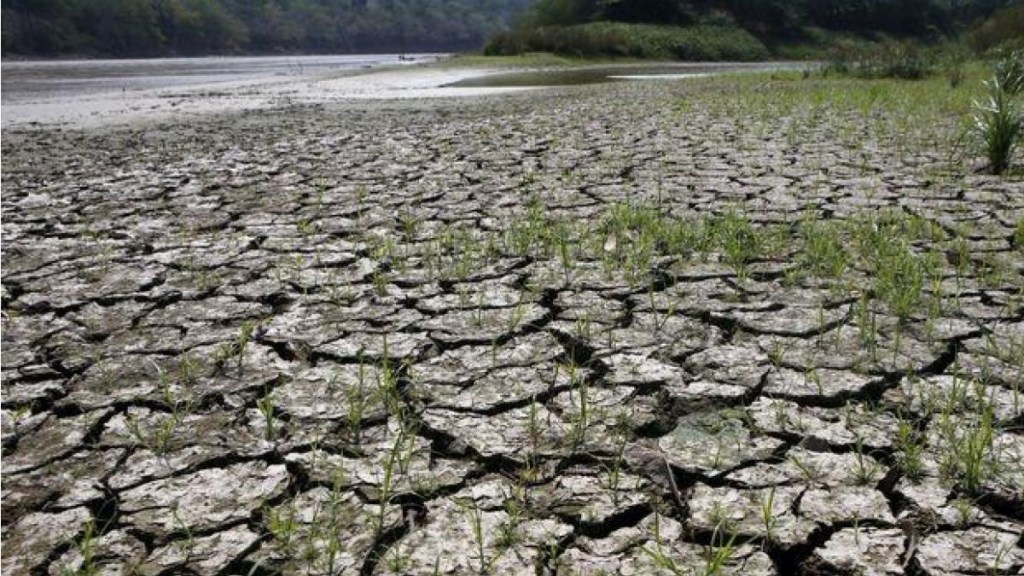The National Oceanic and Atmospheric Administration (NOAA) of the United States on Thursday revealed the return of El Niño to the Pacific Ocean after its last appearance in 2016. El Niño, which translates to “little boy” in Spanish, is a climate pattern that materialises along the equatorial Pacific Ocean at irregular intervals ranging from 2 to 7 years. This captivating phenomenon has a notorious history of being associated with severe heatwaves, destructive floods, and prolonged droughts on a global scale.
Michelle L’Heureux, a climate scientist at NOAA’s Climate Prediction Center, shed light on the diverse impacts El Niño can have, depending on its intensity. She emphasised the heightened risks of heavy rainfall and droughts that certain locations across the world may experience due to this climatic phenomenon.
El Niño and India
The current event, occurring in 2023, marks the fifth occurrence since 2000. At the beginning of this year, experts predicted the emergence of El Niño in August, coinciding with the latter half of the Indian Southwest monsoon season, particularly impacting India.
Examining the Indian context, there has been a profound influence of El Niño over the past century. Out of the 18 drought years recorded, a staggering 13 were associated with the El Niño phenomenon. Between 1900 and 1950, there were seven notable El Niño years, but from 1951 to 2021, the number rose to 15 significant occurrences. Among these, nine summer monsoon seasons witnessed deficient rainfall, falling below 90 per cent of the Long Period Average.
Surge in global temperatures likely
Presently, global temperatures hover approximately 1.1 degrees Celsius above the average recorded during the period from 1850 to 1900. However, with the potential impact of El Niño, there is a possibility of an additional increase of 0.2 degrees Celsius, propelling our planet into uncharted temperature territories. Such a scenario brings us perilously close to surpassing the symbolic 1.5-degree Celsius threshold set by the Paris climate agreement.
Researchers have recently emphasised the likelihood of temporarily exceeding this limit in the coming years. The challenges and risks ahead require our collective effort and urgent action to mitigate the impact of El Niño and navigate a sustainable path towards a resilient future.

